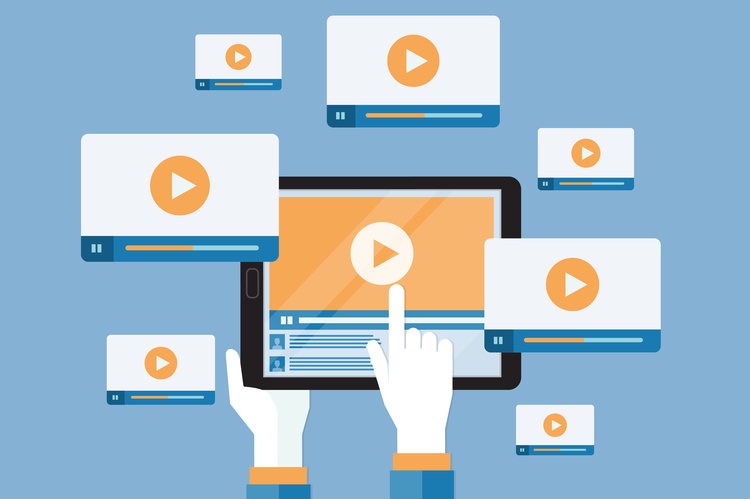4 Common IT Objections to Video Content Delivery
More and more companies are realizing the vast potential of mobile training technology. As trainers realize the value of video to teach their employees the skills needed to be successful, they see portable devices, including tablets, as the perfect medium to deliver this content. This view makes sense because more people in general are using mobile devices for everyday functions and activities. Indeed, recent research has determined that by 2019, two-thirds of all worldwide IP traffic will originate from devices that aren’t traditional computers.
Video content delivery for training purposes is great for employees and the managers and executives implementing such initiatives. But for IT departments, this innovation might not be as warmly embraced. IT departments approach new strategies from a practical view, and introducing hundreds of videos to be watched by thousands of employees may not seem feasible from a logistical standpoint. Here are four common IT objections to video content delivery—and reasons why this innovation doesn’t have to be alarming:
1. Streaming Requirements
Streaming would seem the ideal method for video content delivery across an entire enterprise; the home office could upload a video that could be viewed from any location throughout the company. However, the bandwidth from all this streaming must come from someplace, and IT knows what important functions will suffer: the registers, other wireless-dependent processes that make stores tick, and customer WiFi (which is now just about expected by patrons at many restaurants). A solution exists: Mobile training technology that allows video content to reside locally on tablets, to be watched anytime—and without a constant, bandwidth-devouring Internet connection.
2. File Size
We can hear IT protesting already: “Video files are too big to reside locally on an iPad or Surface! What good is video content delivery if you can only deliver a few videos at a time to a typical-sized tablet?” The best mobile training solutions have solved this problem as well by automatically compressing video files before they are uploaded to individual devices. Take a 1GB video; your typical iPad wouldn’t be able to hold more than 15 of these files. Compress that video to a svelte 30 megabytes—without losing picture or audio quality—and the tablet will be able to store literally hundreds more files. Furthermore, uploading the smaller file will take seconds instead of minutes, which also helps conserve precious bandwidth.
3. System Adoption
IT often, and understandably, becomes unnerved when another department wants to incorporate new applications and solutions without any prior IT input. Introducing tablets into the mix involves hardware and software, so the training platform that learning and development execs might be thrilled about feels to IT like a headache waiting to happen. The best video content delivery solutions account for this apprehension by making every facet of the installation process—from compatibility to hosting, and from training to support—painless for IT.
4. Manual Syncing
Adding a couple dozen tablets into the fold for training and video content delivery can provide a big, immediate boost on the front lines, but what happens when all those tablets must be updated? The same content won’t stay on the devices forever, so they will need to be synced in some way, which, in IT’s minds, means plugging and unplugging tablets one at a time. Besides the time necessary to do this, this isn’t particularly great for the hardware. Mobile training technology addresses this shortcoming by allowing tablets to be automatically synced, without cables, at whatever times you designate (such as non-peak periods for your store), and even when an iPad or Surface is asleep.
What objections do you think IT will make when presented with adopting a video content delivery solution?





